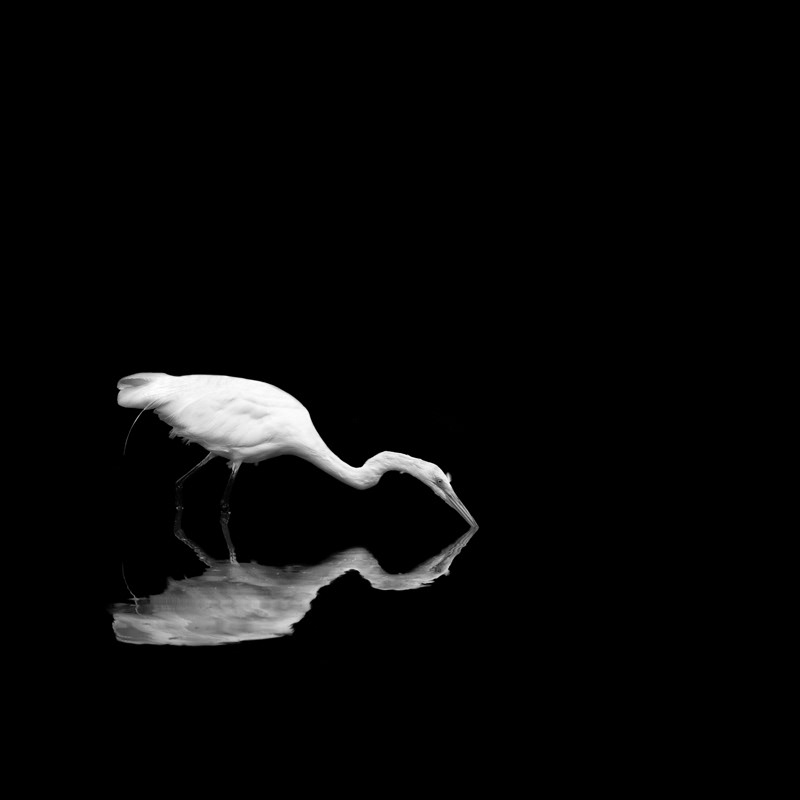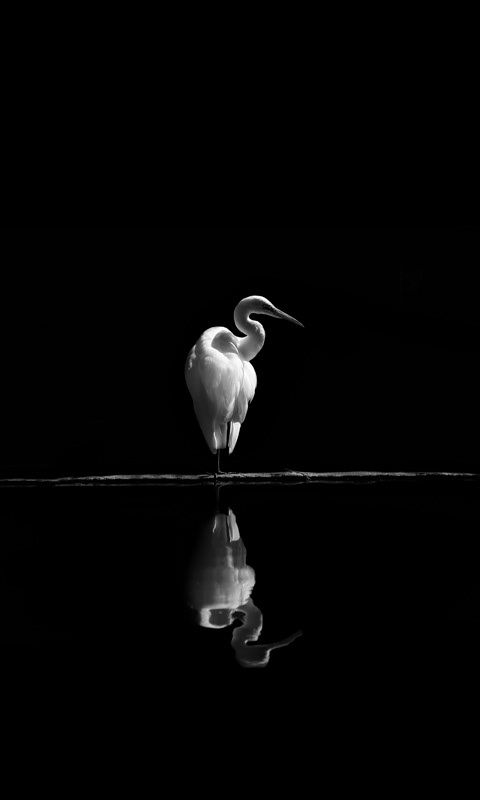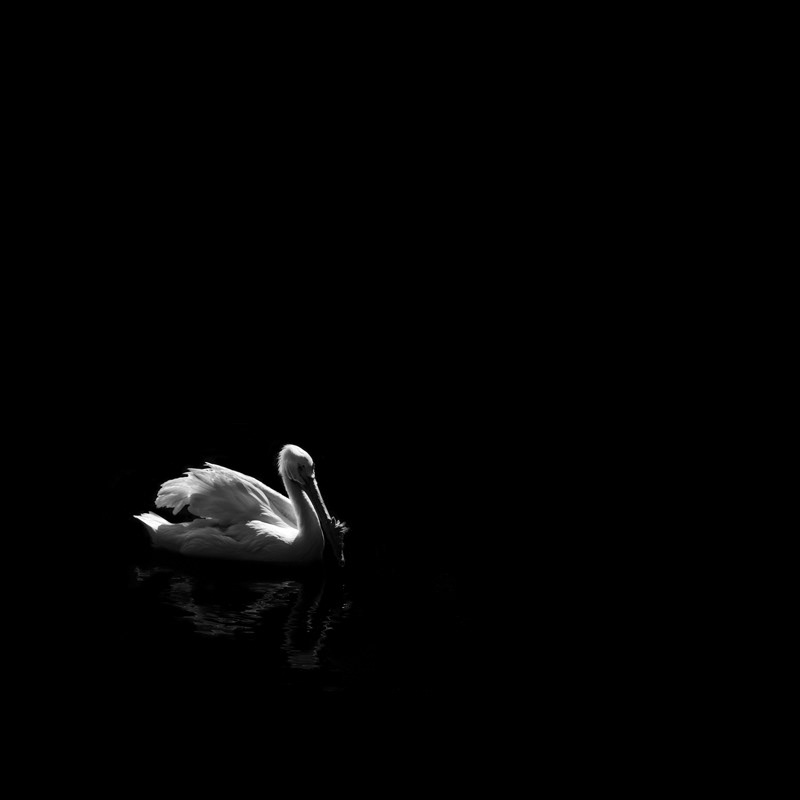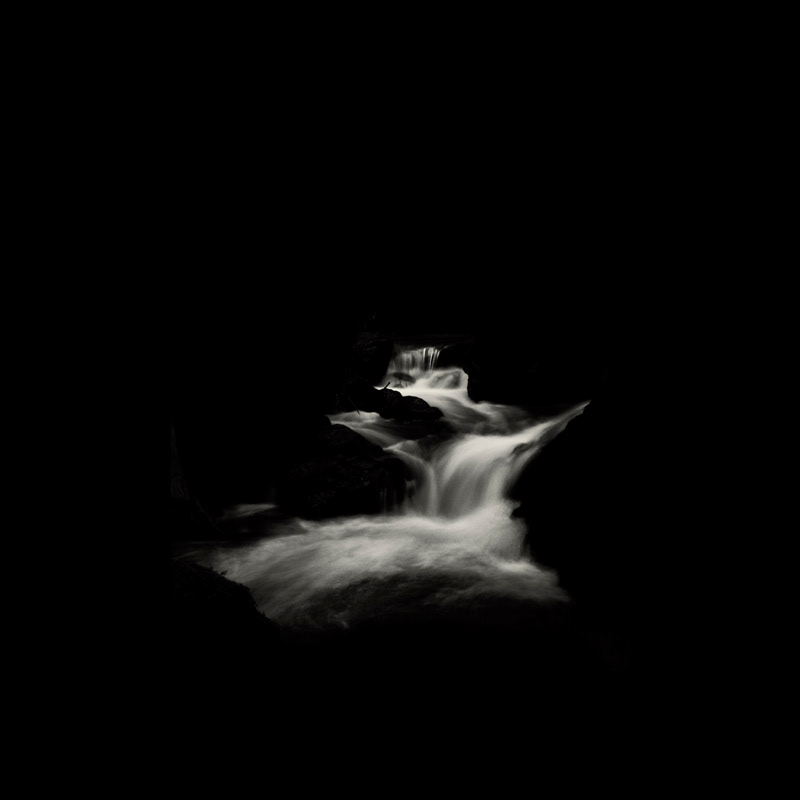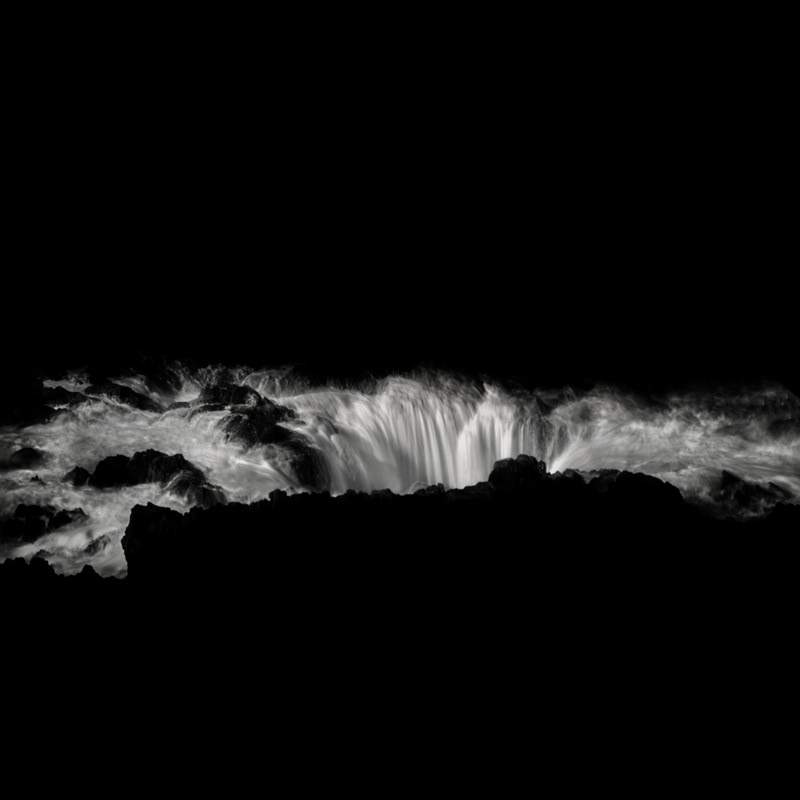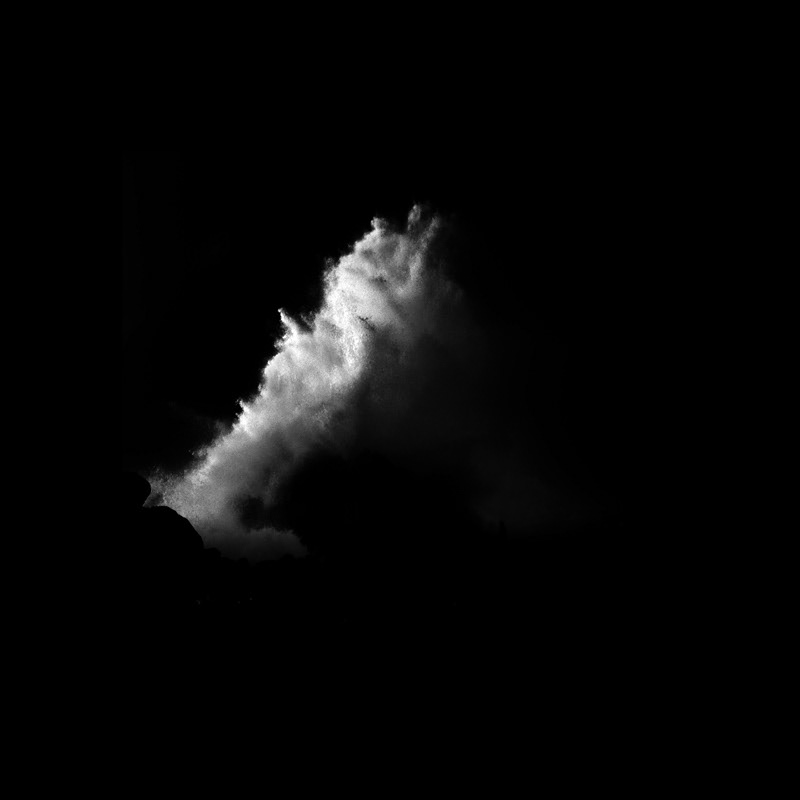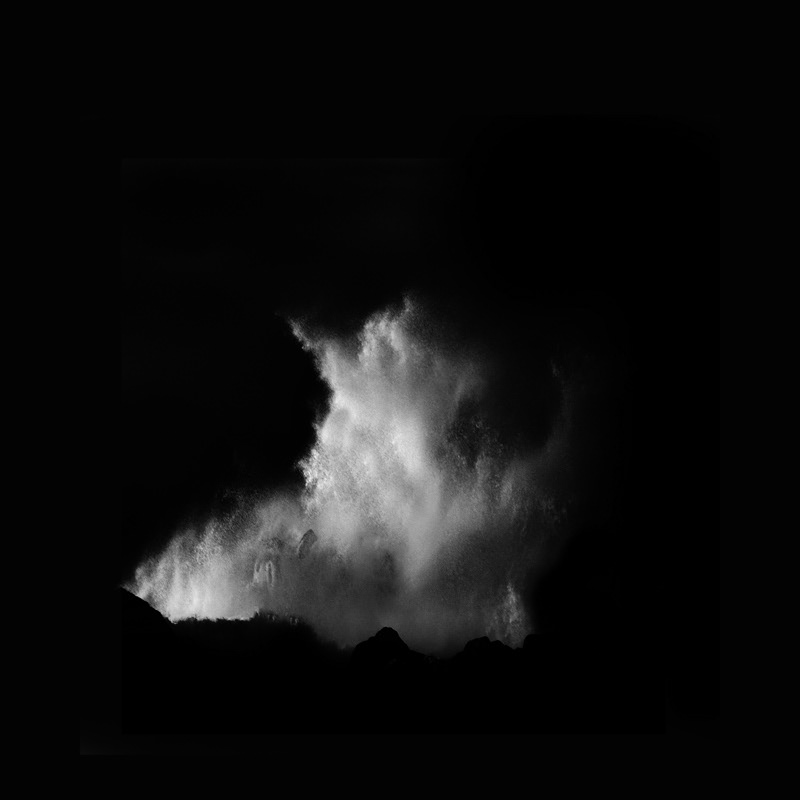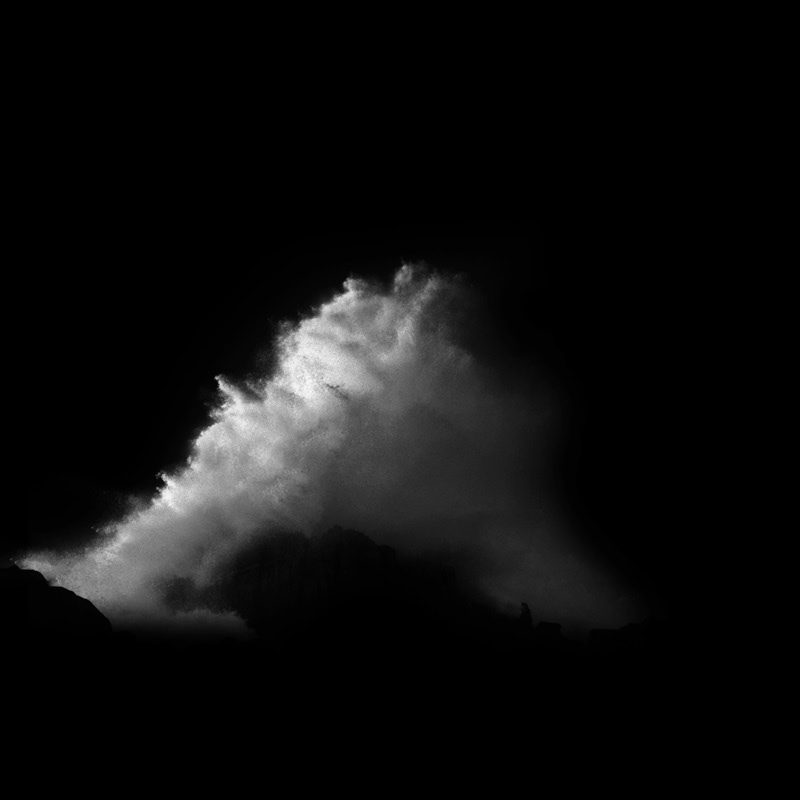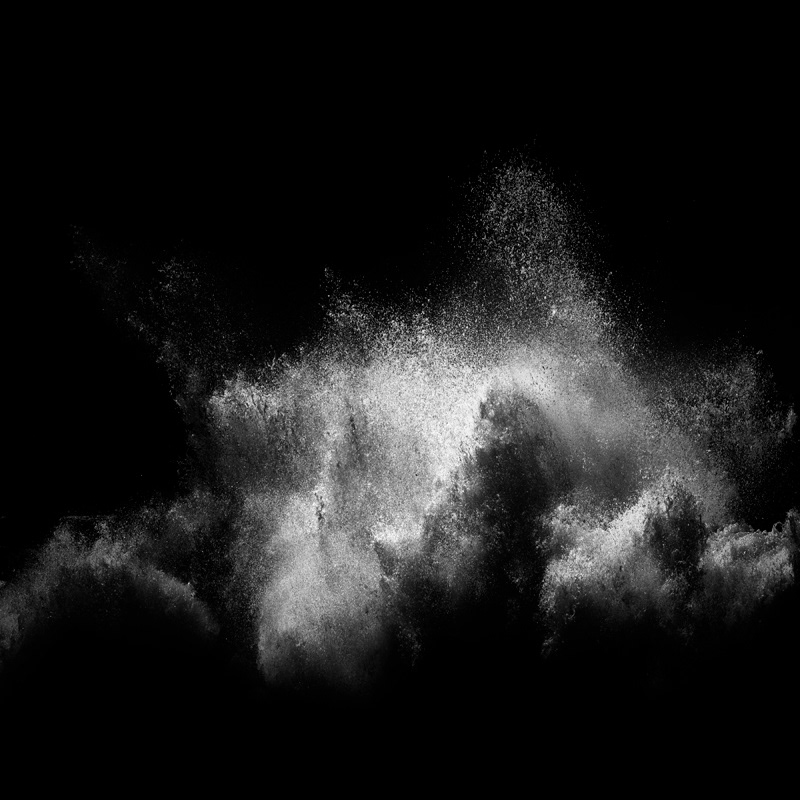
ma
Simply stated: negative space, from a design perspective, is the space that surrounds and flows between the subject of an image. The Japanese spatial concept of ma expresses this in even more interesting, meaningful and valuable ways. While it is difficult to define such a concept in a few choice and illuminating words, one can begin to conceive of ma’s principles by pondering it as a consideration of seeing, hearing and, perhaps, feeling and expressing (a) the intervals and emptiness of space; (b) the void between all things; (c) a pause in time; and (d) a simultaneous experience of form and non-form. For photography, this concept can be very illustrative and meaningful, but to approach such ideas as a tutorial— for what should or should not be done— would be foolish. If one seeks to harness and employ ma, one misses the point entirely.
However, before I consider such things, I would like to say I find the Western principle of intentionally "previsualizing" or “shaping” negative space in an image curious, foolhardy and, ultimately, lacking. From a Western designer point of view— with its expectation to develop an eye-popping image or design to grab the attention of a viewer— this makes sense. After all, such goals are bound to making something that yields a gain, a product. But, in any real sense of what it means to create in terms of “a person expressing oneself,” such an understanding falls short of the mark and ends up being far too wide-reaching to encapsulate much of anything other than a hastily-realized explanation for something ultimately ineffable. In simpler words, I am forever suspicious of any explanation for the creative process and, by extension, what happens when someone experiences a creation (be it a poem, a piece of music, a flower arrangement, an architectural design, a photograph, etc.). And to offer a “lesson” on the usefulness and application possibilities of negative space can only explain something before or after the act of creation— never during the creative impulse or as a source of its cause.
Ma speaks as much of what is not there, what is not said or expressed, than what is there. Ma provides an intriguing perspective for entering the space between notes in music; the spaces between the flowers and the branches in an ikebana arrangement; the pauses within a poem; the space left unbrushed in calligraphy and brush paintings (the non-form of the empty space ending up preserving the movement(s) of the brush when the calligrapher swooshed ink across the empty white space); the experience of the non-form, whether conscious or unconscious, bound to the experience of the form and the experience of the form bound to the non-form.
But, ultimately, ma is not a conscious application of a design principle on the part of the artist— nor is it exactly a conscious realization by its viewer (I cannot, for example, imagine a viewer saying “this image needs more ma” or the artist saying “today, I am going to use some ma to create an image”). Ma can certainly be spoken of and used to explain facets of a creation, but the creative impulse is often far more grounded in “the spontaneous act of creation” than “a planned act,” far more grounded in “an unconscious engagement with art” than a “conscious application of a principle to an experience.” In other words, any conscious application of ma falls short of explaining the experience of it. One can, upon reflection, certainly ponder such ideals but the experience and act of ma ultimately transcends any awareness of ma. It speaks of something beyond intent or specific understanding, coming instead from something within a creator or viewer, for it resides in the spaces between; it resides in silence.
Such ideas offer interesting perspectives for photography. A photograph is realized through the presence of light, by the presence of form. And among the billions and billions of photographs that have been already taken, there are many images primarily realized by, through and of the absences of light and the presences of light— as well as a focus on form (an object, a something) in a field of non-form (be it a landscape of snow, a field of grass, a body of water, a wide berth of sky, an empty canvas-like space of black or white, etc). In my humble estimation, the voids between the spaces and emptiness of these various “things,” these intervals between a seeming nothing and a seeming something, are where much silence resides and resonates— and if that silence has any sort of “visual voice” in a photograph, it would be the light (the, if I can be allowed to take such things so far, illuminative nature of light— which can include both physical and mystical understandings). Yet, this silence resides both within and in-between the empty spaces in the image.
Thus, one might choose to see that such images contain, in some sense, “an illumination of silence” within “the empty spaces of silence.” Please, with these simple words and ideas in mind, let me offer this series of images for your consideration.
